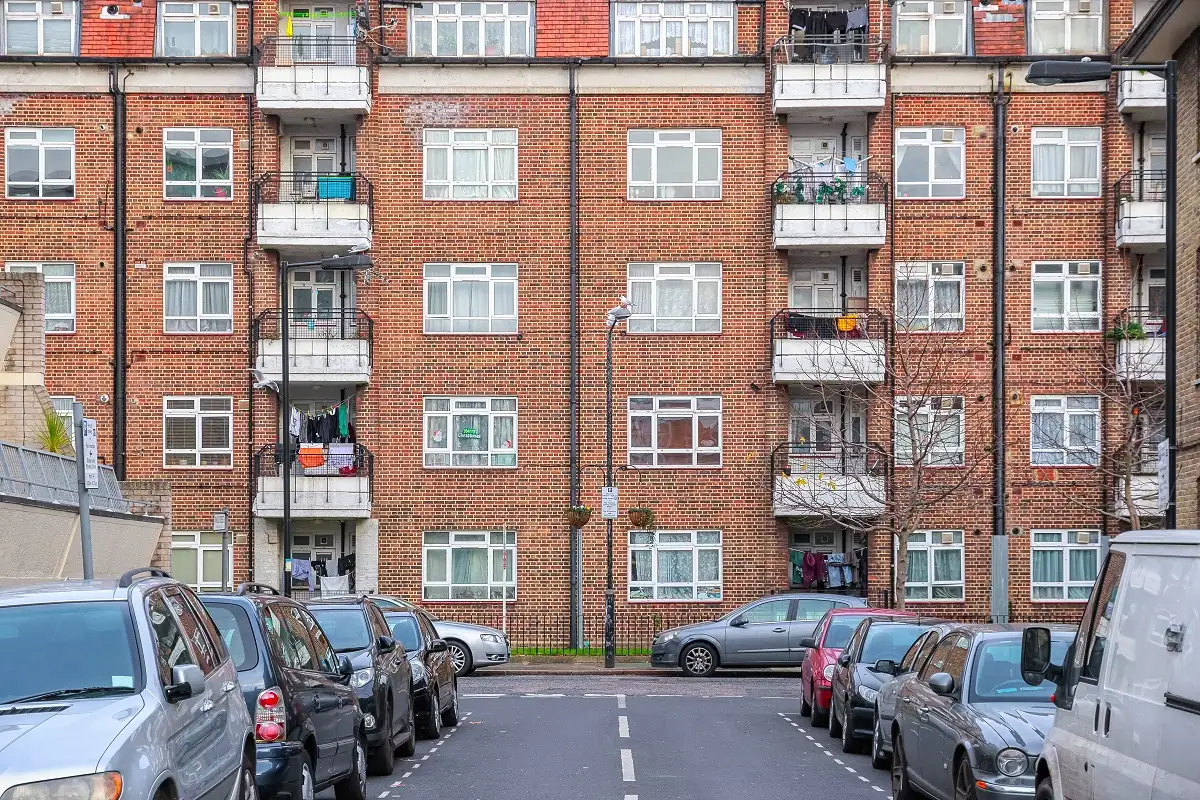Wandsworth Nine Elms Single Storey Extension: Enhancing Your Home’s Value and Functionality
In the bustling heart of London, the Wandsworth Nine Elms area has become a vibrant hub of residential and commercial development. With its prime location along the River Thames and proximity to central London, it’s no surprise that homeowners in this area are seeking ways to maximize their living space and enhance the value of their properties. One popular solution is the single storey extension, a versatile and cost-effective way to expand your home. In this comprehensive guide, we’ll explore the benefits, considerations, and steps involved in creating a single storey extension in Wandsworth Nine Elms.
Benefits of a Single Storey Extension
1. Increased Living Space
One of the most compelling reasons to invest in a single storey extension is the immediate increase in living space. Whether you’re looking to add a new kitchen, dining area, or a spacious family room, an extension can provide the extra square footage you need without the hassle of moving to a new home.
2. Enhanced Property Value
A well-designed single storey extension can significantly boost the market value of your home. In Wandsworth Nine Elms, where property prices are consistently rising, an extension is a smart investment. Potential buyers are often willing to pay a premium for additional living space and modern amenities.
3. Improved Functionality
An extension allows you to reconfigure your home to better suit your lifestyle. From open-plan living areas to dedicated home offices, the possibilities are endless. Tailoring your home to your specific needs can greatly improve your day-to-day comfort and convenience.
4. Modern Aesthetic Appeal
A thoughtfully designed extension can bring a fresh, modern look to your home. Incorporating contemporary architectural features, such as large windows, skylights, and bi-fold doors, can create a bright and inviting space that seamlessly blends with your existing structure.
Planning and Considerations
1. Understanding Local Regulations
Before embarking on a single storey extension project, it’s crucial to familiarize yourself with local planning regulations and building codes. In Wandsworth Nine Elms, most extensions will require planning permission from the local council. It’s advisable to consult with a planning expert or architect to ensure your project complies with all relevant regulations.
2. Design and Layout
The design of your extension should complement the existing architecture of your home while meeting your functional needs. Consider the layout carefully, taking into account factors such as natural light, flow of movement, and the integration of indoor and outdoor spaces. Working with a professional architect can help you achieve a design that maximizes both aesthetics and functionality.
3. Budgeting and Financing
Setting a realistic budget is essential for the success of your project. Costs can vary widely depending on the size, complexity, and materials used in the extension. It’s important to factor in not only the construction costs but also additional expenses such as planning fees, architect fees, and interior furnishings. Exploring financing options, such as home improvement loans, can provide the necessary funds to bring your vision to life.
4. Selecting a Contractor
Choosing the right contractor is critical to the smooth execution of your extension project. Look for experienced builders with a solid track record in residential extensions. Obtain multiple quotes, check references, and review previous work to ensure you’re making an informed decision. A reputable contractor will manage the project from start to finish, ensuring high-quality workmanship and adherence to timelines.
The Extension Process
1. Initial Consultation and Design Phase
The first step in your extension journey is to have an initial consultation with an architect or design professional. During this phase, you’ll discuss your vision, needs, and budget. The architect will conduct a site survey, take measurements, and create preliminary design sketches. This is an opportunity to refine your ideas and ensure they align with practical considerations.
2. Planning Permission and Approvals
Once the design is finalized, the next step is to submit a planning application to the local council. This process can take several weeks, so it’s important to plan accordingly. The council will review your application to ensure it meets all planning guidelines and does not negatively impact the surrounding area. Once approved, you can proceed with confidence knowing your project complies with local regulations.
3. Construction Phase
With planning permission secured, the construction phase can begin. This involves site preparation, foundation work, and the building of the extension’s structure. Throughout this phase, regular inspections will be conducted to ensure the work meets building standards and regulations. Effective communication with your contractor is key to addressing any issues promptly and keeping the project on track.
4. Finishing Touches
As the construction phase nears completion, attention turns to the interior and exterior finishing touches. This includes installing windows and doors, plastering walls, fitting electrical and plumbing systems, and adding fixtures and fittings. High-quality finishes and attention to detail will enhance the overall look and feel of your new space.
5. Final Inspection and Handover
Before you can fully enjoy your new extension, a final inspection will be carried out to ensure all work meets the required standards. Once approved, the contractor will hand over the completed project, and you can start furnishing and decorating your new space.
Tips for a Successful Extension Project
1. Plan Ahead
Thorough planning is crucial for a successful extension project. Take the time to research, consult professionals, and make informed decisions. This will help avoid delays and unexpected costs.
2. Prioritize Quality
Investing in high-quality materials and workmanship will pay off in the long run. A well-built extension will not only look better but also last longer and require less maintenance.
3. Stay Flexible
While it’s important to have a clear vision, it’s also important to stay flexible and open to suggestions from your architect and contractor. Their expertise can provide valuable insights and improve the final outcome.
4. Communicate Effectively
Regular communication with your contractor and other professionals involved in the project is essential. Address any concerns promptly and ensure everyone is on the same page regarding timelines and expectations.
Conclusion
A single storey extension in Wandsworth Nine Elms is an excellent way to enhance your home’s value, functionality, and aesthetic appeal. By carefully planning and working with experienced professionals, you can create a beautiful and practical space that meets your needs and enhances your lifestyle. Whether you’re looking to expand your living area, create a modern open-plan layout, or simply add value to your property, a single storey extension is a worthwhile investment that can transform your home for the better.





